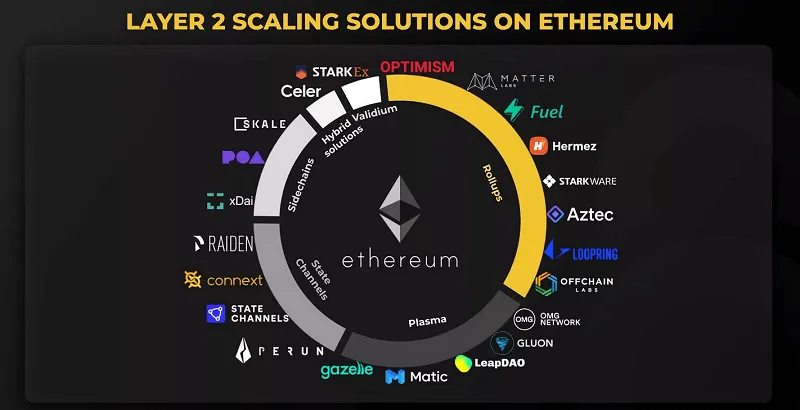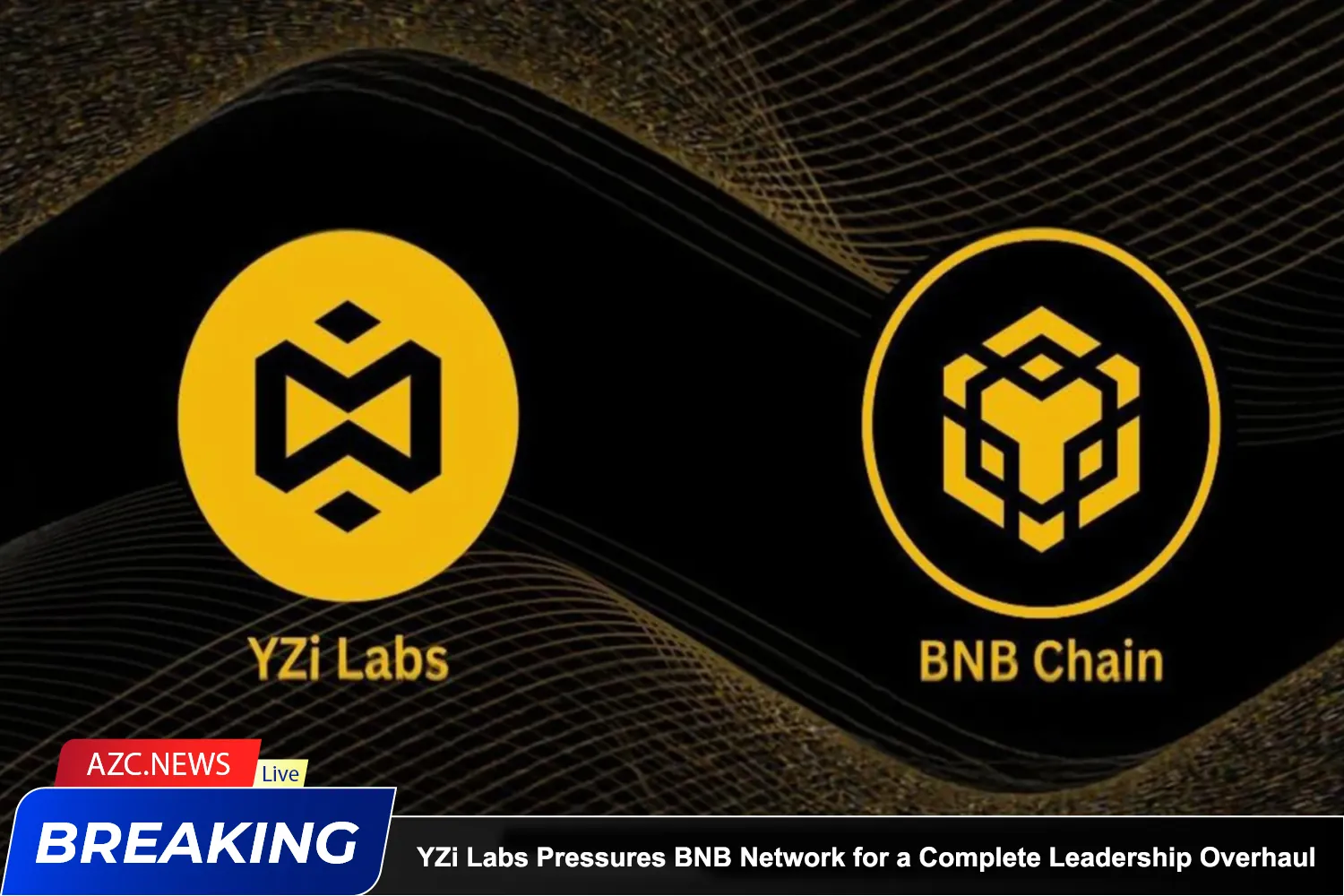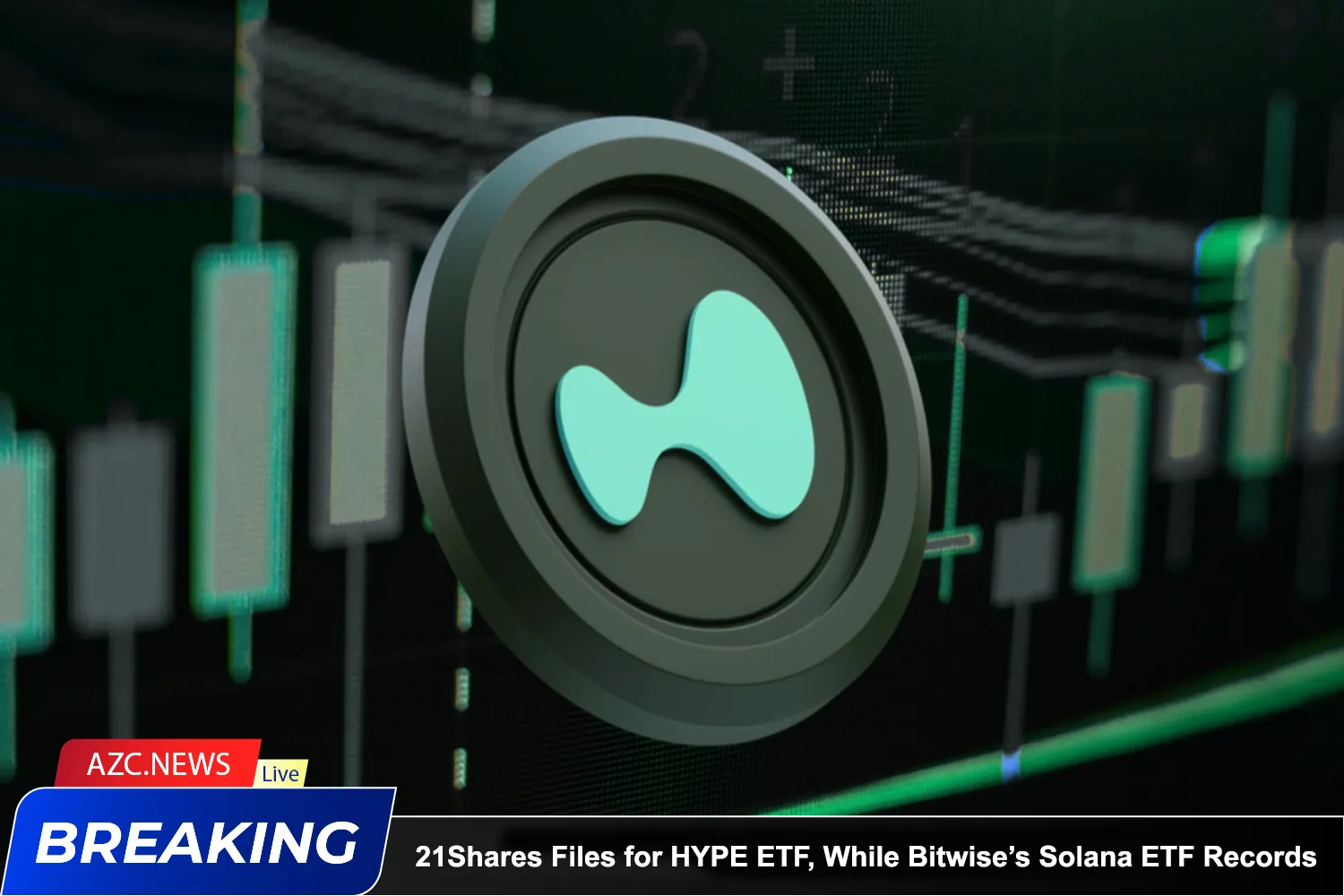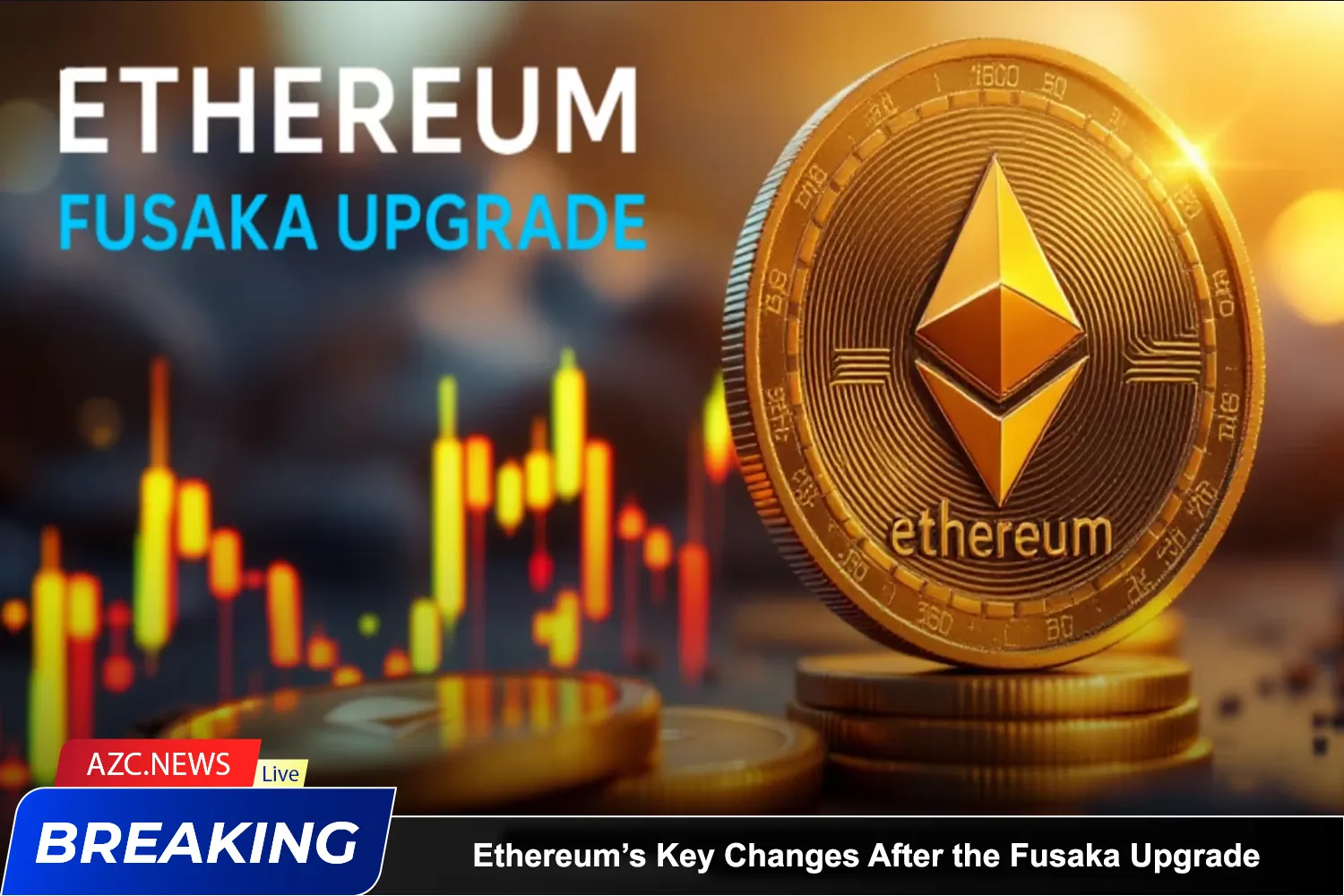In the world of blockchain technology, Layer 2 has become a pivotal concept, transforming the way we perceive scalability and efficiency in blockchain networks. In this article, AZC News will help you answer 3 questions: What is Layer 2? What are the benefits of Layer 2? and Top potential projects on Layer 2.
What is Layer 2?
Layer 2, within the realm of blockchain technology, signifies a supplementary framework or protocol layer that operates on top of the primary blockchain layer, often referred to as “Layer 1.” While Layer 1 serves as the foundation for blockchain networks, handling tasks such as transaction validation and security, Layer 2 solutions are designed to enhance and optimize specific aspects of the blockchain to overcome its inherent limitations.
Benefits of Layer 2
1. Enhanced Scalability
One of the most compelling benefits of Layer 2 solutions is their ability to address the scalability challenges that plague blockchain networks, particularly those based on Layer 1 like Ethereum. As blockchain adoption grows, scalability concerns emerge, manifesting as slow transaction speeds and escalating fees. Layer 2 solutions alleviate these issues by diverting a portion of transaction processing from Layer 1. The result is swifter transaction speeds and reduced fees, facilitating a more extensive user base and increased transaction throughput.
2. Improved User Experience
Layer 2 solutions significantly enhance the user experience by making blockchain applications more accessible and cost-effective. For the mainstream adoption of blockchain technology, it’s critical that users encounter lower fees and rapid confirmation times. Layer 2 delivers on these fronts, making blockchain technology more appealing to a wider audience.
3. Energy Efficiency
In response to growing concerns about the environmental impact of blockchain mining, many Layer2 solutions prioritize energy efficiency. This aligns with the broader movement toward sustainable technology and showcases the industry’s commitment to responsible innovation.
Types of Ethereum Layer 2 Solutions
Layer 2 solutions come in various forms, each tailored to address specific use cases and scalability challenges. Here are some of the prominent types:
1. State Channels: Streamlining Interactions
State channels enable off-chain transactions, reducing the burden on the Layer 1 blockchain. They excel in applications that require frequent interactions between users, such as online games and microtransactions.
2. Plasma: Unleashing Scalable Chains
Plasma is a Layer2 framework that empowers the creation of child chains, each with its unique rules and consensus mechanisms. These child chains can process transactions independently, providing a scalable solution for a wide range of decentralized applications (dApps).
3. Sidechains: Interconnected Blockchains
Sidechains are standalone blockchains that are interoperable with the primary blockchain. They facilitate the execution of smart contracts and transactions while maintaining security through mechanisms like token pegging to the main chain.
4. Rollups: Harmonizing Scalability and Security
Rollups represent a recent innovation that combines the security of Layer 1 with the scalability of Layer2. By aggregating multiple transactions into a single data structure, they alleviate the load on the primary blockchain while ensuring robust security.
Top Layer 2 projects in 2023
- Polygon (MATIC):
- Polygon, formerly known as Matic Network, is one of the most established Layer2 solutions for the Ethereum network.
- It provides fast and low-cost transactions, making it a preferred choice for decentralized applications (dApps) and DeFi projects.
- Polygon has a growing ecosystem of projects and is continually expanding its capabilities.
- Optimism (OP):
- Optimism is another Layer2 scaling solution for Ethereum, aiming to significantly improve transaction throughput and reduce fees.
- It utilizes an Ethereum-compatible environment, allowing developers to seamlessly migrate their dApps to the Optimism network.
- The Ethereum Foundation has been actively supporting and collaborating with Optimism to enhance Ethereum’s scalability.
- Arbitrum (ARB):
- Arbitrum is known for its compatibility with the Ethereum Virtual Machine (EVM), making it easy for developers to port their Ethereum-based projects to this Layer2 solution.
- It offers faster confirmation times and lower gas fees, enhancing the overall user experience.
- zkSync (ZKS):
- zkSync is a Layer2 scaling solution that leverages zero-knowledge proofs to achieve scalability without compromising on security.
- It’s designed to be Ethereum-compatible, allowing for seamless integration with existing Ethereum dApps and smart contracts.
- zkSync offers fast and low-cost transactions, making it an attractive choice for users and developers.
- Hermez (HEZ):
- Hermez is a Layer2 scaling solution that focuses on optimizing token transfers and payments on the Ethereum network.
- It uses zk-rollups technology to achieve high scalability while maintaining a strong security foundation.
- StarkWare (STARK):
- StarkWare is a Layer2 scaling solution that aims to bring scalability and privacy to Ethereum and other blockchains.
- It offers a Layer 2 scaling engine that can be integrated into various blockchain networks, making it versatile and adaptable.
- Loopring (LRC):
- Loopring is a Layer2 scaling solution primarily focused on decentralized exchanges (DEXs).
- It enables faster and more cost-effective trading on Ethereum-based DEXs by utilizing zk-rollups technology.
These Layer 2 projects and solutions are at the forefront of addressing the scalability challenges faced by blockchain networks, particularly Ethereum. As the demand for efficient and cost-effective blockchain transactions continues to grow, these Layer 2 solutions are expected to play a pivotal role in shaping the future of decentralized applications and the broader cryptocurrency ecosystem in 2024 and beyond.








